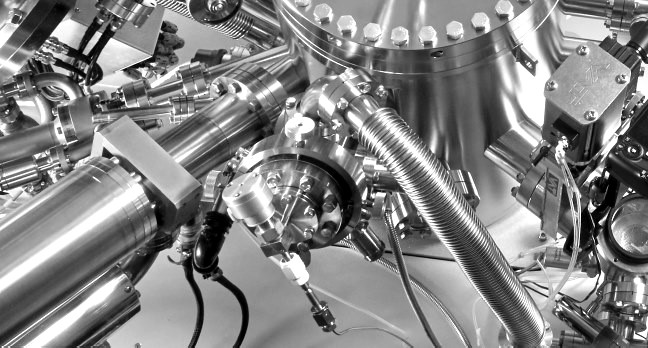
Not all analytical methods are suited to obtain chemical information from organic materials. Organics can be readily damaged if the energy of the probing beam is too intense, such as the energetic electron beams that are used for SEM, EDS, and Auger Electron Spectroscopy. The insulating nature of organics can also be a challenge for some techniques.
XPS uses X-rays to probe the chemistry of the top 1-10 nm of a sample’s surface. As the X- ray excitation source used in XPS is relatively low in energy, most organics are not degraded during analysis. XPS is quantitative and provides short-range chemical bonding information for the elements present on the surface.
TOF-SIMS provides molecular information from the top 1-2 nm of a sample’s surface and uses an extremely low dose of primary ions to ensure that the vast majority of sample surface is undamaged during data acquisition. It has the capability to positively identify organic species from their fragmentation patterns, and the sub-micron spatial resolution needed to show their lateral distributions on the sample surface. Due to the added chemical specificity of TOF-SIMS, it can be especially helpful in situations where multiple organics are present on the surface.
Insulating materials can easily be analyzed with either XPS or TOF-SIMS. Both use extremely low energy electrons and ions to maintain a stable surface potential during data acquisition.
Learn More?
Please click on ‘Request Application Note’ and download the application note ‘Surfaces Analysis Spotlight: Complementary XPS and TOF-SIMS’.
